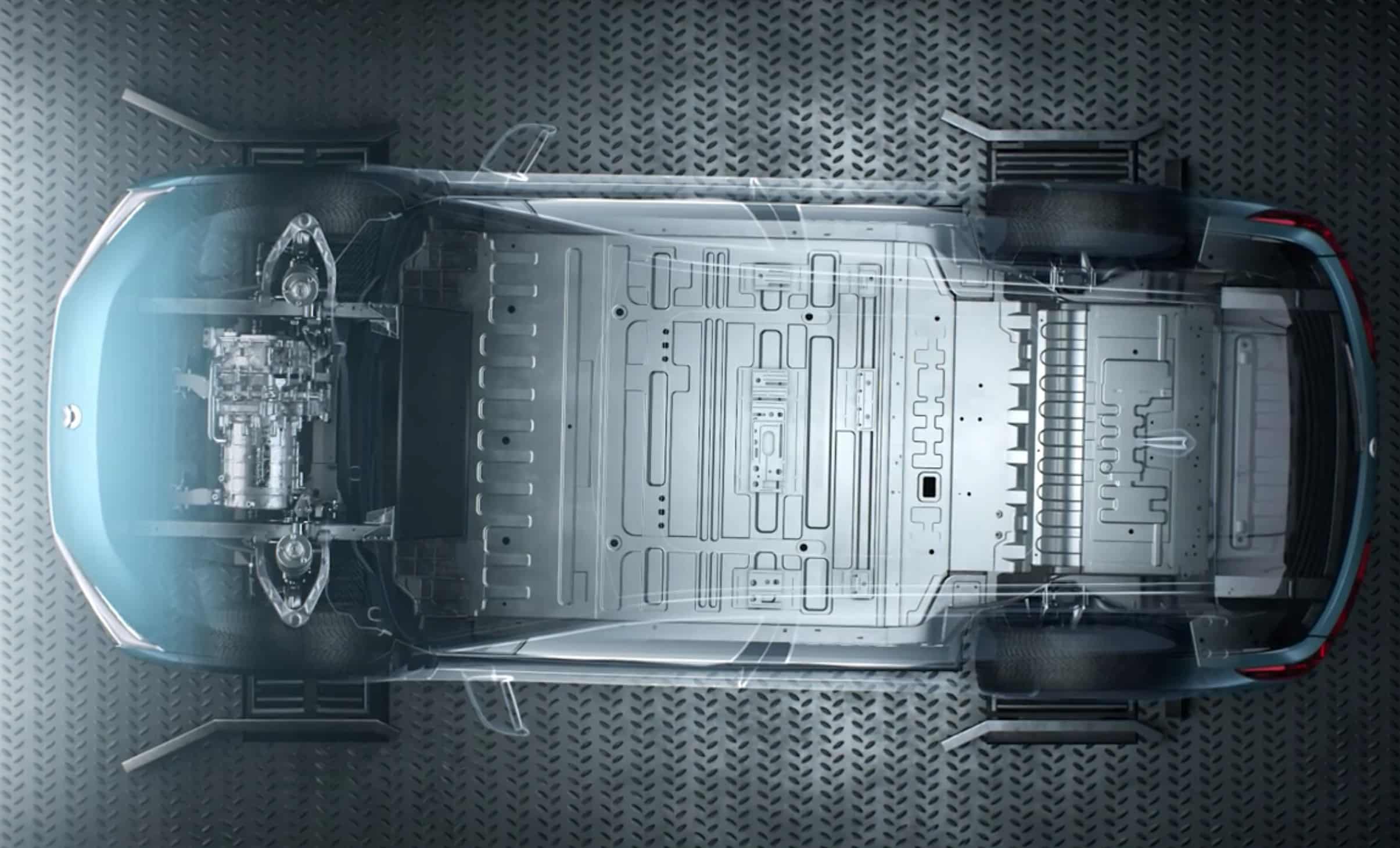A recommended national standard for electric vehicle battery swap safety requirements led by Nio, the Beijing Electric Vehicle Co., Ltd. (BJEV) which is a subsidiary of the BAIC Group, and China Automotive Technology and Research Center, has passed the review by the National Technical Committee of Auto Standardization.
The move will provide guidance for the development of electric vehicles with battery swap mode.
The standard takes the whole car, battery swap system, battery pack, battery swap mechanism, battery swap interface, and other key elements as the object of research.
It analyzes the potential failure modes in the battery swap process and vehicle operation, determines the general safety requirements, vehicle safety requirements and system component safety requirements for the battery swap model vehicle, and proposes corresponding test methods.
According to the standard, by analyzing the differences between different technical schemes, actual vehicle operation scenarios and operation data, the minimum number of battery swap requirements of 5,000 times (snap type) and 1,500 times (bolt type) are specified to ensure the safety of the user during the design life of the vehicle.
At present, the market adoption of battery swap supported vehicles has begun to take shape, with Nio and BJEV at the forefront, and a complete development path of battery swap mode has been formed.
Since this year, the battery swap model has received great support from the policy.
China's Ministry of Industry and Information Technology (MIIT) has clearly pointed out that it should encourage the construction of battery swap infrastructure and speed up the interconnection and interoperability of battery swap facilities.
The National Energy Administration announced that it will actively support battery swap business model innovation, and effectively improve battery swap guarantee capacity.
Xin Guobin, the vice-minister of the Ministry of Industry and Information Technology, introduced the advantages of the battery swap model at a recent conference.
First, the battery swap mode of car-electricity separation can greatly reduce the cost of car purchases for consumers.
Second, the battery swap pool time is shorter than the time it takes to fill a tank of gas, which can increase the ease of travel for consumers.
Thirdly, centralized monitoring, maintenance, and management of batteries by battery operating companies are conducive to prolonging the life of power batteries and improving battery safety.
Fourthly, charging can be done using peak and valley discounted tariffs, thereby reducing charging costs.
Fifth, consumers can consider how much electricity to rent that day based on daily mileage and save energy.
Sixth, the battery swap model can also create new service industries, such as vehicles for a battery swap.
Under the favorable policy, Changan Automobile, Geely Automobile, and Dongfeng VOYAH all have the intention to carry out the battery swap mode.
It is clearly stated in the standard that the operation time required for a single battery swap is less than 5 minutes, which has obvious advantages inconvenience compared to charging mode.
However, although the safety requirements have been issued, the battery swap mode is still developed by each car company because the battery standard is not yet unified.

